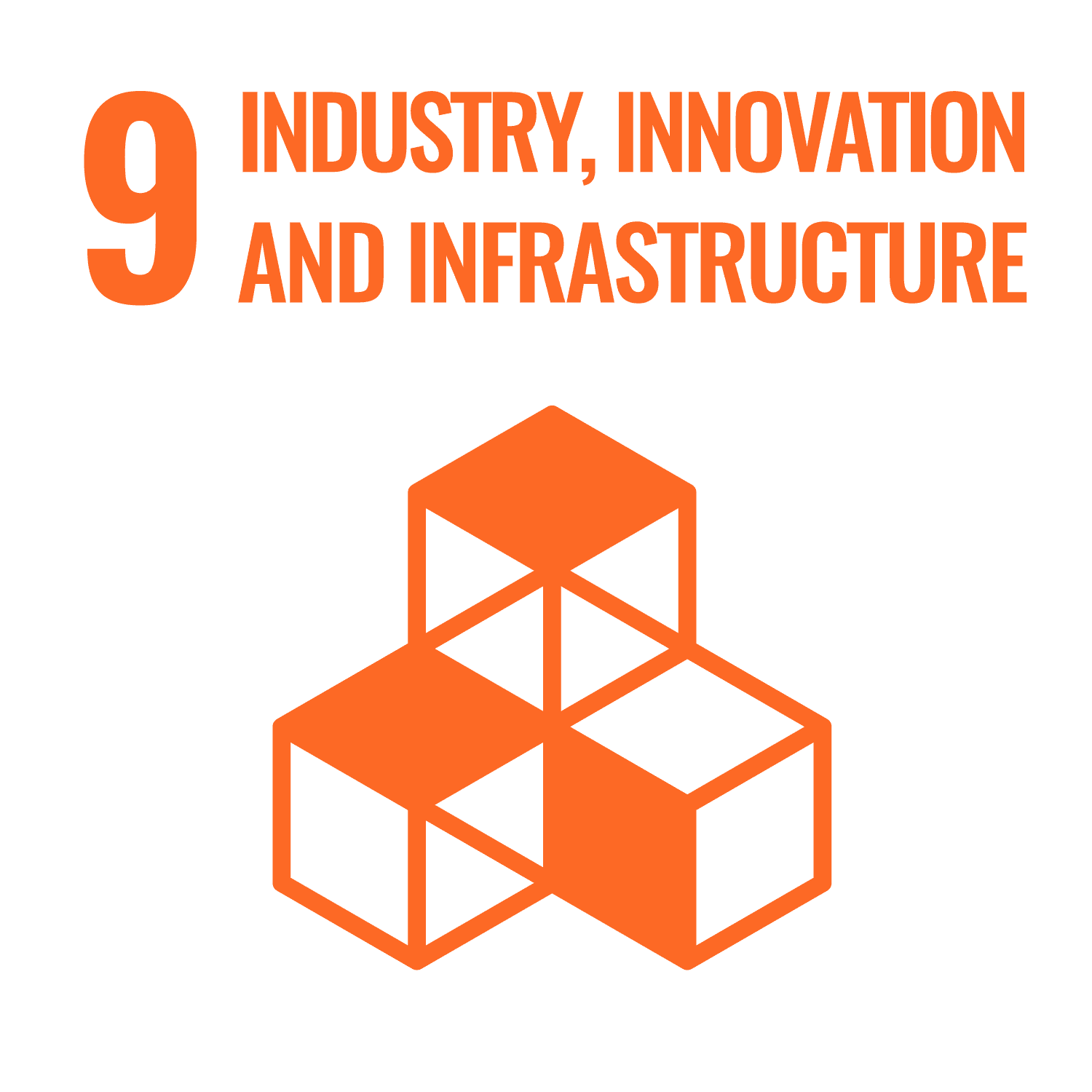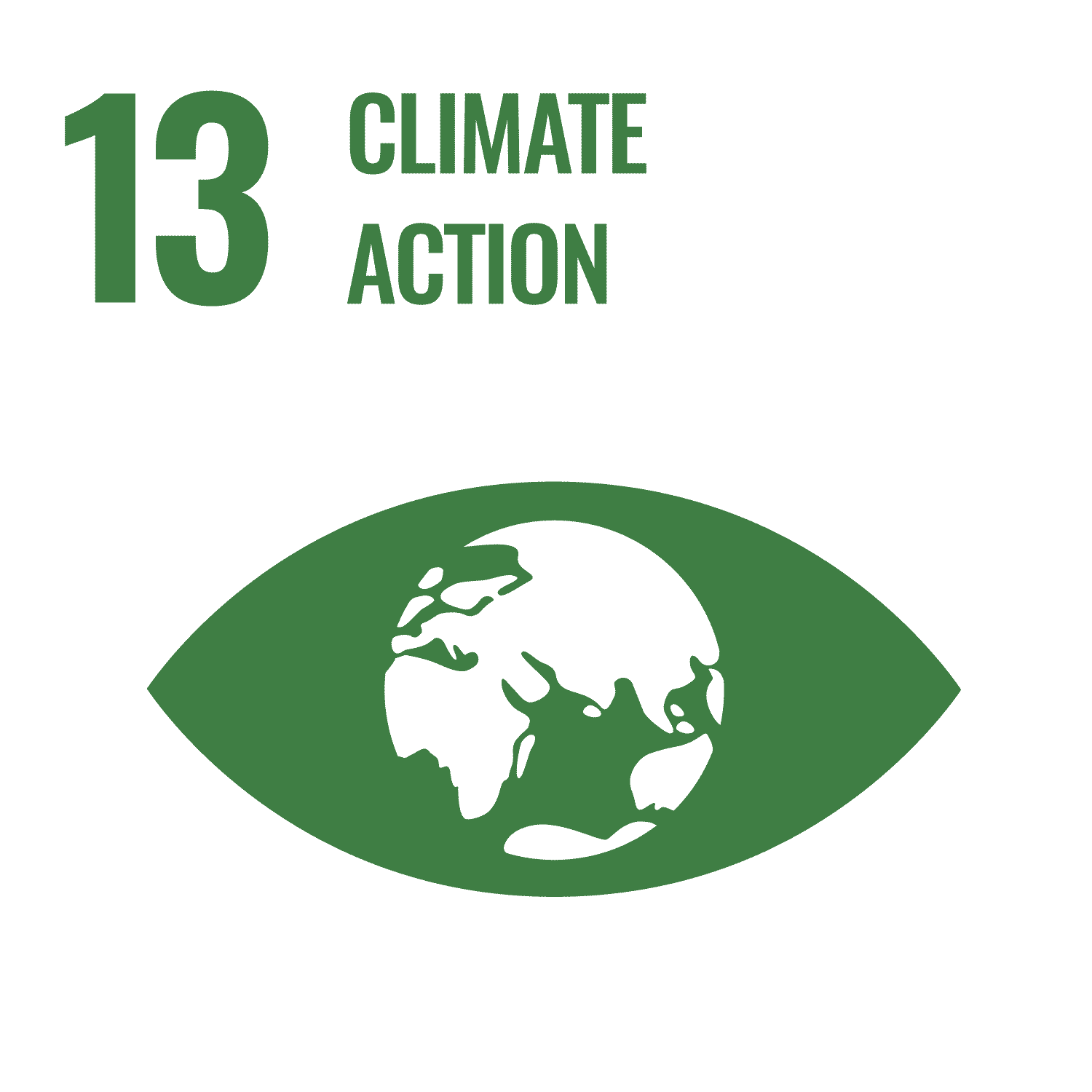Dominican Republic
Learn more about Tradewater's work collecting and destroying refrigerants in the Dominican Republic.
Destroying refrigerant stockpiles
In our search for refrigerant gases around the world, we come across all sorts of circumstances. Despite global regulations placed on the use of refrigerants, no international standard has been developed for the handling and disposing of these potent greenhouse gases (GHG). This leads to nuances and complexities in their management around the world.
In practice, the work of destroying refrigerant can include stakeholders who promote and/or conduct regeneration and recycling of these gases, as well as those whose practices may unintentionally or intentionally leak them from equipment or cylinders.
But mostly, we find stakeholders of all kinds who are just trying to do the right thing to keep these gases from reaching the atmosphere. This can be challenging when there is limited access, if any, to affordable disposal approaches and technology.
Finding refrigerant in the Dominican Republic
Encouraged by a capable and environmentally aware government authority, technicians in the Dominican Republic had accumulated a significant stockpile of old refrigerants. They had mixed and aggregated various recovered refrigerants into five 1,000 lb. cylinders. The stockpile also included one hundred 50 lb. disposable cylinders of unused CFC-12, left over from an importer who had sought its disposal when it was deemed harmful for the environment.
But as the stockpile sat awaiting funding mechanisms that allowed for its export and disposal, it remained at risk of being released into the atmosphere. Tradewater learned about the challenge and offered to provide local stakeholders with an end-of-life solution for these potent greenhouse gases – the “final piece” of the refrigerant management puzzle.
A key partner in the project was SECIMAR, a local waste manager that was in possession of and authorized to handle the stockpile of refrigerants. Working closely with SECIMAR, Tradewater obtained all the necessary permits to export the cylinders of refrigerants to the United States, where the gases were properly destroyed.
Tradewater's solution
We accomplished this by creating commercial value from the avoided GHG emissions, through generating carbon offset credits that were then purchased by our community of supporters. Aggregating the funds collected through the sale of these credits allowed us to offer the resources necessary to find a solution in the Dominican Republic.
This project also included gases that are not eligible for carbon offset credits. They were mixed into the other gases Tradewater collected. Tradewater ultimately destroyed them because it was the right thing to do for the environment and it further helped solve a problem in the Dominican Republic. As a mission-driven company, Tradewater pursued a holistic solution rather than a partial one – and destroying all the gases was important to all the stakeholders, as well as to the environment.
A global community of support
None of this work is easy. Recovering and handling stockpiles of refrigerants takes technical expertise and careful handling. Logistics are particularly difficult to handle, especially during a global pandemic with travel restrictions in place and limitations on the supply chain. The transboundary movement alone requires many permits and takes a long time. And yet, it’s possible.
The work of destroying refrigerants internationally may be full of challenges, but the world is even more full of stakeholders with an environmental heart and spirit who are keen to collaborate on feasible long-term solutions. By connecting our resources across borders, we can have a significant climate impact and destroy these dangerous refrigerant gases, permanently.
Project impact
In 2020, as part of our efforts toward helping the environment, Tradewater developed a project in the Dominican Republic, to find and destroy refrigerants, and mitigate the leak of greenhouse gas (GHG) emissions.
Willing and capable stakeholders in possession of the material faced the absence of local destruction capacity, as well as the funds to cover the significant costs of export and destruction abroad. Tradewater acted as a trustworthy stakeholder to handle the process in an organized and compliant manner that delivered a destruction certificate with a third-party verification process at the end.
Using a process with SECIMAR as a local waste manager authorized for the handling and export of these refrigerant gases, and in collaboration with other interested parties, Tradewater was able to export the material to the United States where it was properly destroyed.
|
Project Details
|
|
|---|---|
|
Project location
|
Dominican Republic
|
|
Project type
|
Ozone depleting substances (ODS)
|
|
Carbon avoidance
|
|
|
Registry
|
Verra (VCR)
|
|
Vintage (Years active)
|
2021
|
|
Batch
|
Batch ID
|
Vintage
|
Tons of CO2e
|
Weight of CO2e
|
Verifier
|
Project Documents
|
|||
|---|---|---|---|---|---|---|---|---|---|
|
01
|
2021
|
23,656.86
|
3,392.9 kg
|
||||||
Project gallery
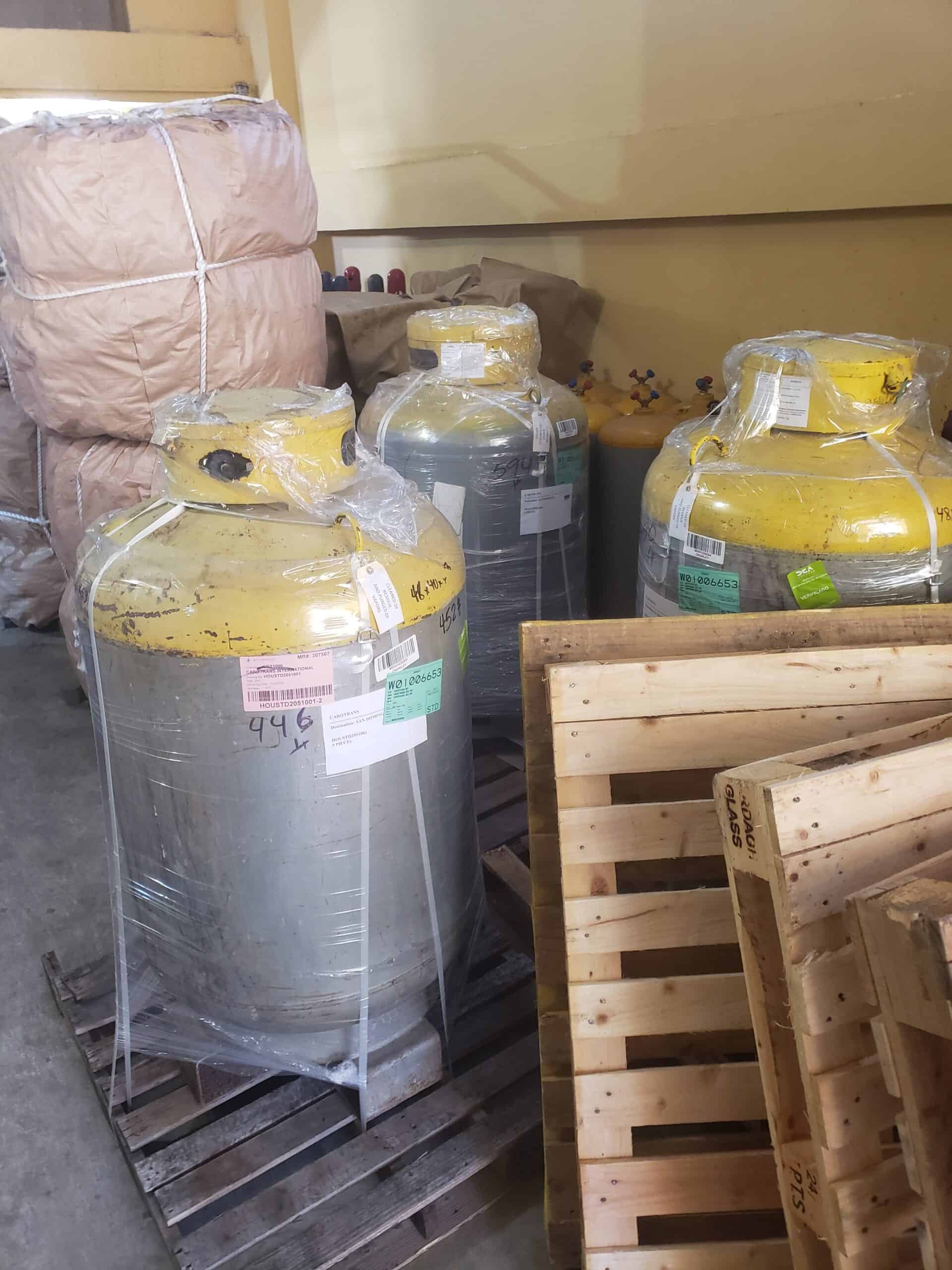
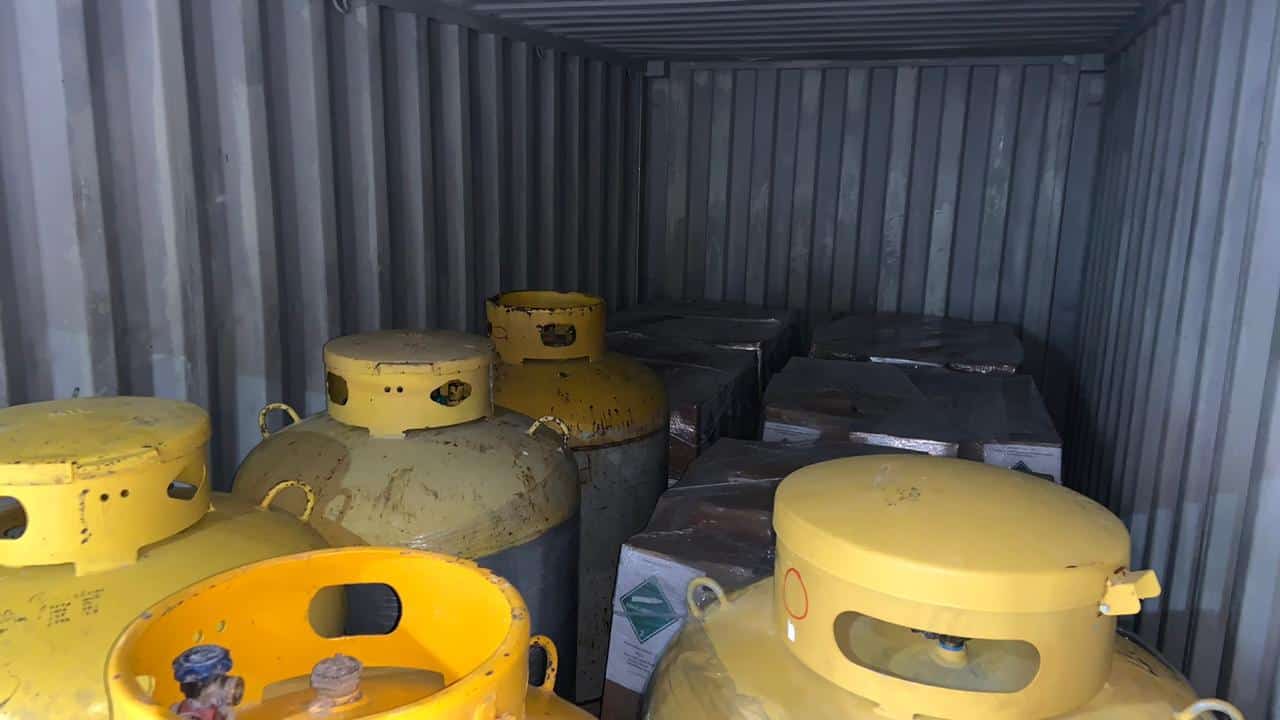
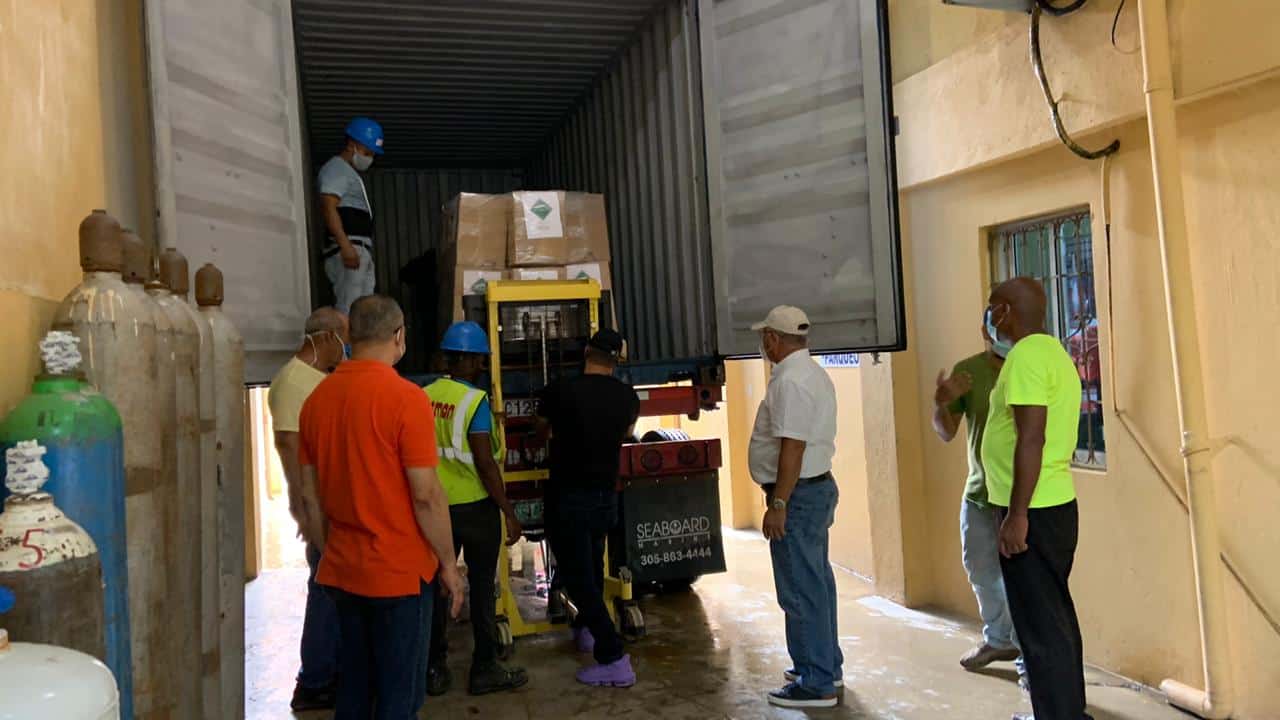

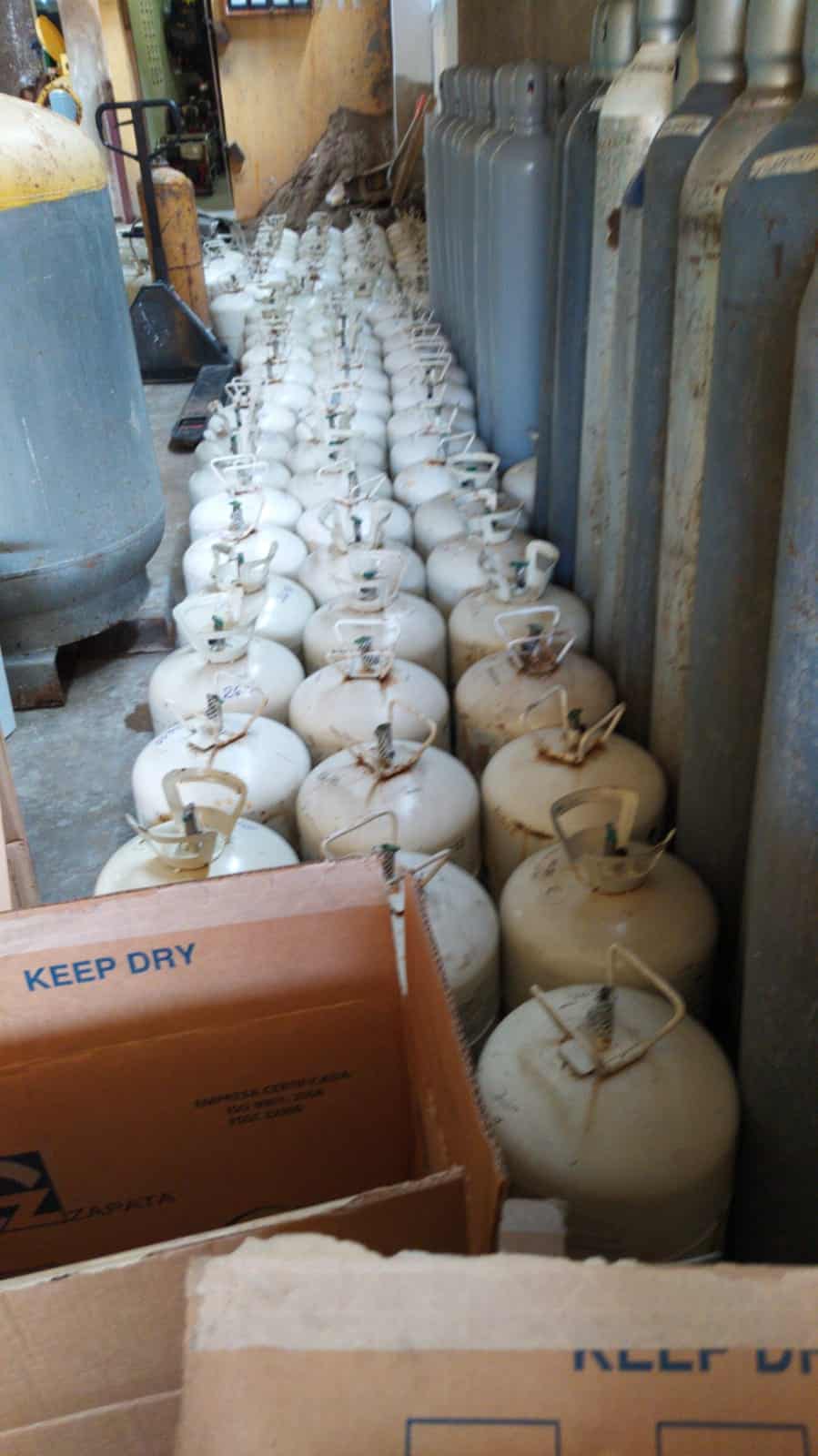
The catastrophic impact of halocarbon gases
Discover more about halocarbon gases, their impact on the planet, and Tradewater’s role in mitigating halocarbon emissions, permanently.

